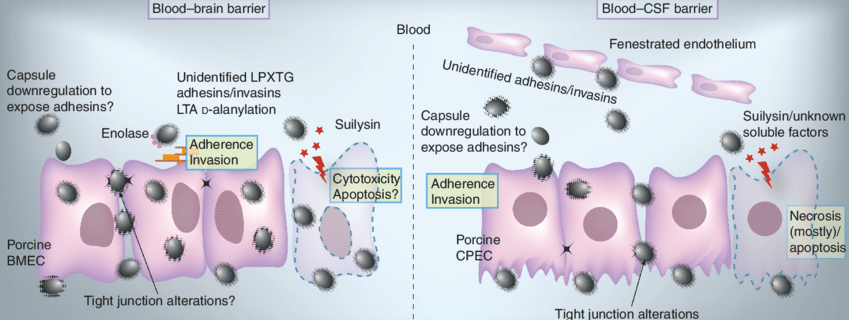The blood-brain barrier (BBB) is a highly specialized protective barrier that separates the circulating blood from the delicate tissues of the central nervous system (CNS). While the BBB is crucial for maintaining the homeostasis of the brain, it also presents a major challenge for drug delivery to the CNS. However, recent advancements in CNS BBB libraries have opened up new possibilities for developing therapeutics that can effectively cross this barrier and target the CNS.
Understanding the Central Nervous System Blood-Brain Barrier
The BBB is composed of a complex network of endothelial cells, tight junctions, and astrocytic processes that tightly regulate the transport of substances between the blood and the brain. This barrier prevents the entry of potentially harmful substances, pathogens, and most therapeutic agents into the CNS.
Although the BBB is essential for protecting the brain, it poses a significant hurdle in drug discovery and development. Many promising drug candidates fail to penetrate the BBB, limiting their efficacy in treating neurological disorders such as Alzheimer’s disease, Parkinson’s disease, and brain tumors.
CNS BBB Libraries: Unlocking Targeted Drug Delivery
CNS BBB libraries are collections of small molecules specifically designed to overcome the challenges posed by the BBB and facilitate the delivery of therapeutic compounds to the CNS. These libraries are created using various strategies, including high-throughput screening, computational modeling, and structure-based design, to identify small molecules that can effectively cross the BBB.
Strategies for Crossing the BBB
To effectively target the CNS, compounds in CNS BBB libraries are designed using several approaches:
Molecular Size and Lipophilicity: Small molecules with low molecular size and high lipophilicity have a greater chance of crossing the BBB. Libraries focus on identifying compounds that possess these characteristics while still displaying pharmacologically relevant properties.
Active Transport Systems: Various active transport systems exist at the BBB that can be exploited to facilitate the transport of therapeutic agents into the CNS. CNS BBB libraries may include compounds that can interact with these transporters, increasing their chances of crossing the barrier.
Receptor-Mediated Transcytosis: Certain receptors present at the BBB can be targeted to facilitate the transcytosis of molecules across the barrier. Libraries may include compounds that can interact with these receptors and exploit this mechanism for CNS delivery.
Advantages of CNS BBB Libraries
The development of CNS BBB libraries offers several advantages for targeted drug delivery to the CNS:
Enhanced CNS Drug Delivery: By specifically targeting the mechanisms involved in crossing the BBB, CNS BBB libraries increase the chances of identifying small molecule drug candidates that can efficiently penetrate the CNS.
Disease-Specific Targeting: CNS BBB libraries can be tailored to target specific neurological diseases, allowing for the discovery of compounds that selectively accumulate in affected areas of the brain.
Optimization of Pharmacokinetic Properties: Libraries enable the optimization of lead compounds by considering factors such as solubility, metabolic stability, and blood half-life, which are essential for CNS drug development.
Advances in Computational Tools: The integration of computational tools and predictive models in library design can accelerate the identification and synthesis of potential CNS-penetrating compounds.
Future Perspectives
The development of CNS BBB libraries represents a significant stride towards overcoming the challenges of drug delivery to the CNS. As our understanding of the BBB improves, researchers can refine library design strategies and optimize the selection of compounds with improved CNS penetration properties.
In the future, combining CNS BBB libraries with innovative drug delivery systems, such as nanoparticles and liposomes, may further enhance drug delivery to the CNS. Additionally, leveraging cutting-edge technologies like gene therapy and RNA-based therapeutics could offer new avenues for targeting neurological diseases with higher specificity and efficacy.
In conclusion, CNS BBB libraries are invaluable resources for developing therapeutics that can effectively cross the BBB and target the CNS. With ongoing advancements in library design and our understanding of the BBB, the potential for discovering novel CNS-penetrating small molecules holds great promise for revolutionizing the treatment of neurological disorders.
Keywords: CNS BBB libraries, blood-brain barrier, central nervous system, drug delivery, neurological disorders, small molecules, high-throughput screening, computational modeling, structure-based design, receptor-mediated transcytosis, targeted drug delivery, pharmacokinetic properties.




